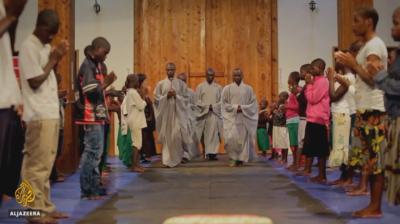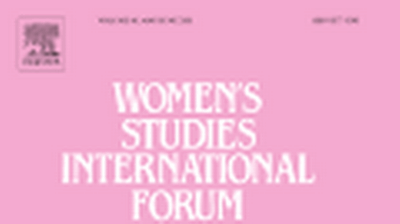CMI Working Paper
| 2006
Parliamentary-Executive Relations in Malawi 1994-2004
Bergen: Chr. Michelsen Institute (CMI Working Paper WP 2006: 10) 18 p.
How to cite this publication:
Nandini Patel and Arne Tostensen (2006). Parliamentary-Executive Relations in Malawi 1994-2004. Bergen: Chr. Michelsen Institute (CMI Working Paper WP 2006: 10)
This article addresses the relationship between the legislative and executive branches of government in Malawi during the multi-party era from 1994 until 2004. The argument is threefold. First, the presidential nature of Malawi's political regime assigns parliament to a secondary role. Second, the general framework of parliamentary-executive relations laid down in the constitution gives scope for accentuating this subordinate position through iterative practices. Third, the persistence of personalised patronage in Malawian politics leads to the further reinforcement of parliamentary subservience where political principles and positions are sacrificed on the altar of venality. A perception has spread that parliament is a mere pawn in the political game or a rubber stamp of the executive's decisions. This article will seek to adduce empirical evidence to substantiate this argument.
The institutional context of the 2004 general elections in Malawi
Aug 2003 - Jul 2006



